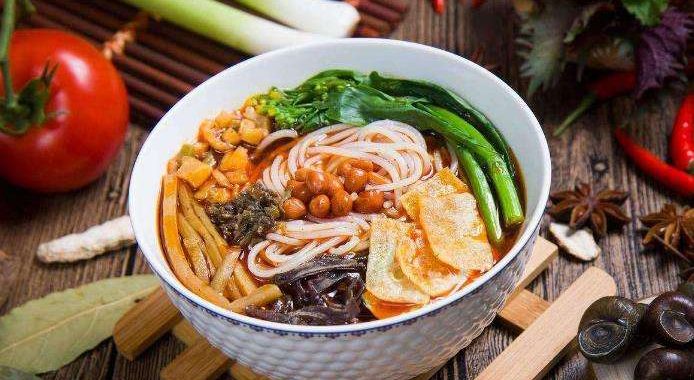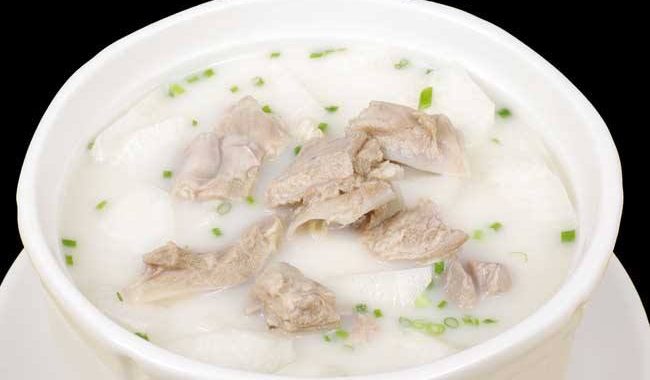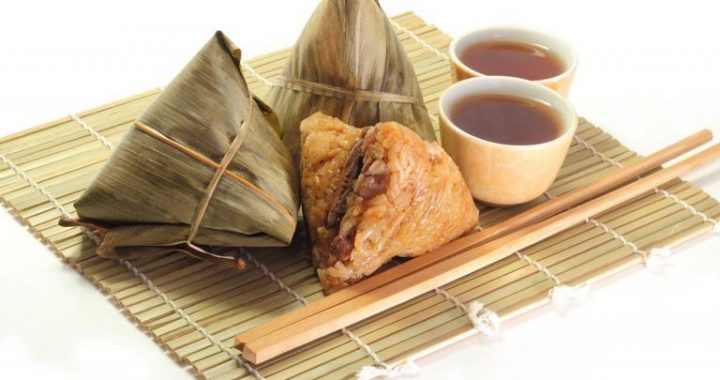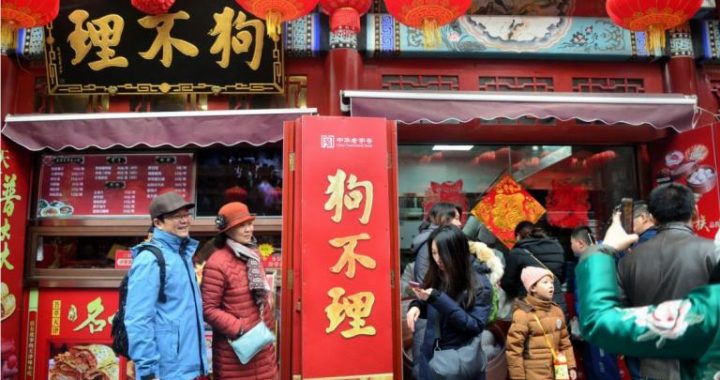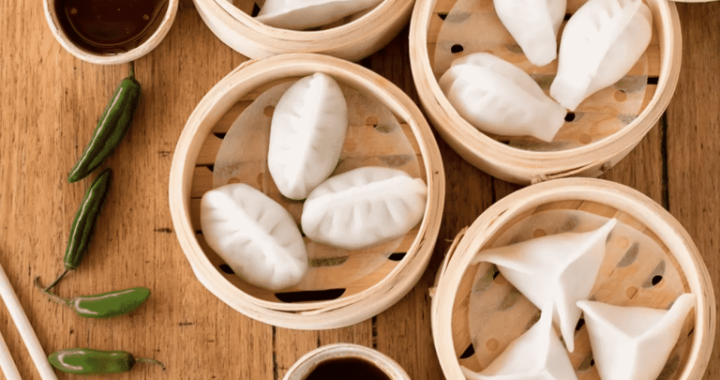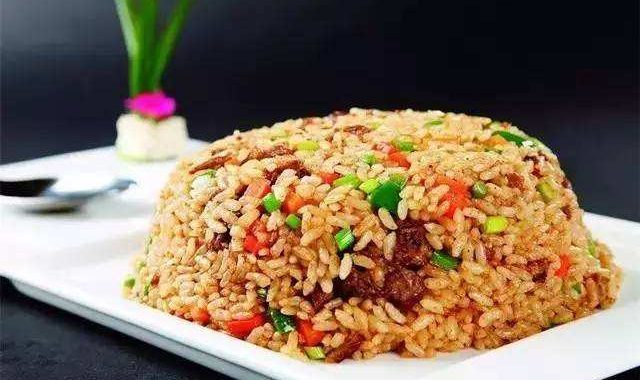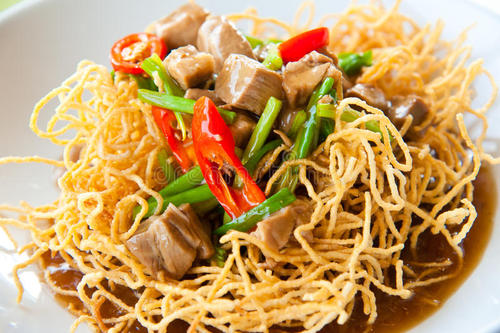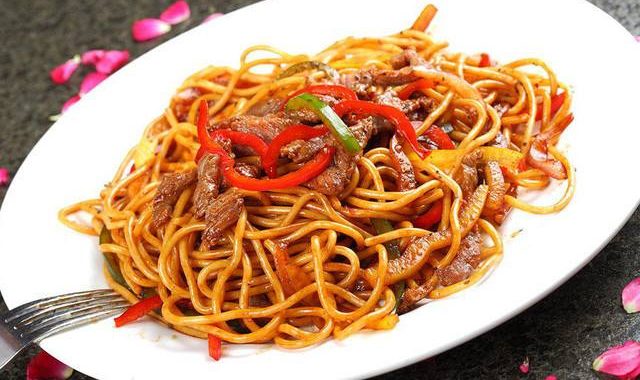WESTERN CHINA
3 min readWestern Chinese cuisine includes influences from Sichuan, Hunan, Guangxi and the Xinjiang regions. The fertile plains and terraced hills of the western Chinese heartland fed by the Yangtze River and its tributaries offer a garden of produce. Flavors are characteristically spicy and pungent most often associated with chilies, though chilies are not indigenous to China. In fact, chilies were originally brought to the region by Portuguese traders and missionaries, and for the last several hundred years have been used quite extensively. One word of warning genuine Sichuan food will be absolutely the hottest food you’ve ever eaten.
Though highly prominent, chilies aren’t the only ingredient used in western Chinese cooking. Typical flavors also come from vinegar, garlic, onions, ginger, sesame oil and a very curious spice called Sichuan peppercorn, also known as prickly ash. Sichuan peppercorns have a very strong numbing effect (mala on the mouth when eaten. You’ll know it if youre’ eating an authentic version of mapo tofu(map doufu-your tongue will hang out of your mouth, a casualty of the dish’s extraordinary level of Sichuan peppercorns and chilies. Not to be left out, the Sichuan version of hotpot also has a fiery level of chili.
Pork, freshwater fish, eggplant, soybeans and legumes such as peanuts are prominent ingredients, as are bamboo shoots, mushrooms and rice from the mountains. Typical cooking methods include frying, frying without oil called dry frying, pickling and braising as well as stir-frying-.fish -flavored- shredded pork(yuxiang rousi) gets its curious flavor from liberal use of ginger, garlic, vinegar, chili and spring onion but no fish.
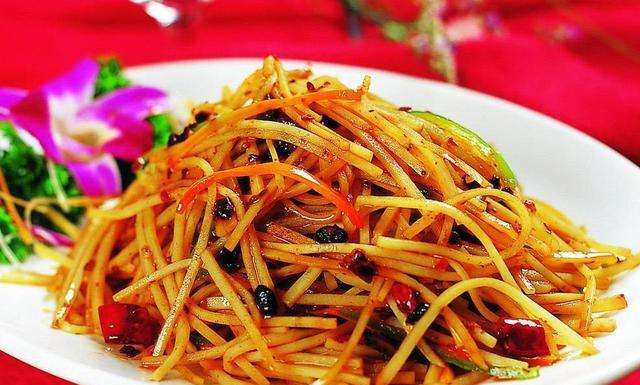
There is a strong ethnic minority presence in this area of China and the use of goat’s milk for cheese is an example of their influence. Muslim influences also show up in goat meat and dried beef dishes, reflecting a historically nomadic lifestyle Try the slightly sweet-cured- Yunnan ham(xuanwei huotui), and crossing-bridge-the- noodles soup guoqido mixian)The Xinjiang influence in western China very much Arabic and mutton, with a distinct flavor. In fact, you’ll find authentic Arabic flat bread (nang), baked in ovens very similar to the Indian tandoor. Mutton kebabs seasoned with toasted cumin are very popular and tasty and should not be missed. Fruit as well has an Arabic influence featuring fresh melons, grapes, apricots and raisins.
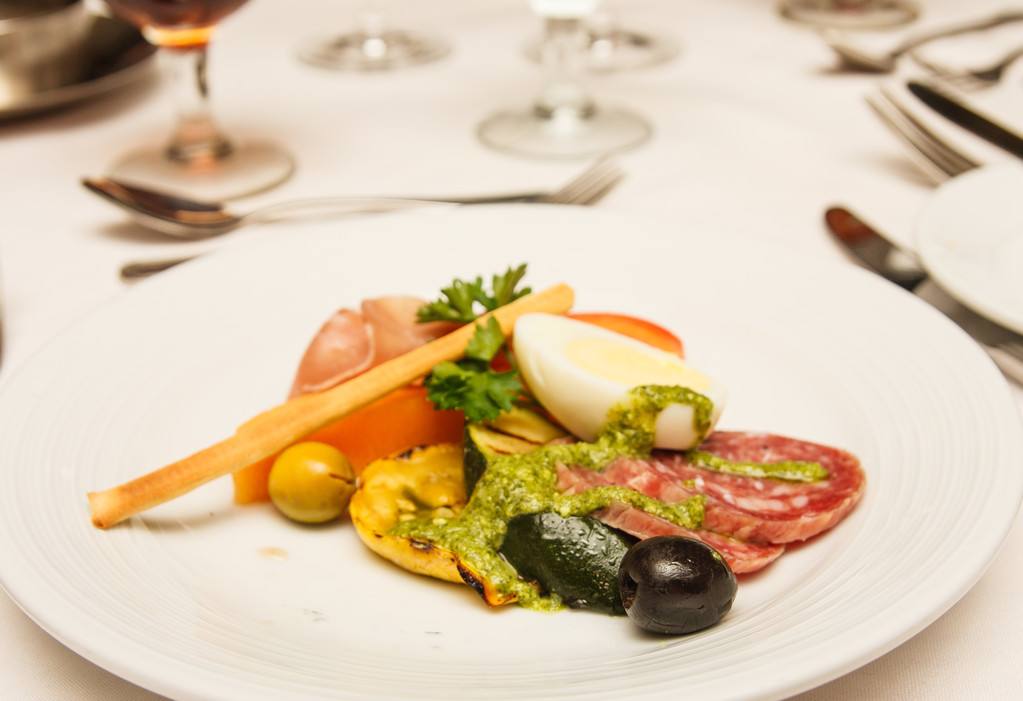
Ten Representative Western Dishes:
Ants climbing up treemayi shangshu) spicy dish of bean thread noodles
and pork that resemble ants climbing trees.
Mutton is a staple in nor thwest China.
Bang bang chicken(bangbang ji) classic Sichuanese cold platter made with chicken, cucumber and bean thread noodles, dressed with sesame based sauce.Crispy shredded beef(dengying niurou)- thought to originate from Sichuan or ots Hunan, with carrots, spring onion, garlic and chili, sauced with sugar, vinegar and soy.
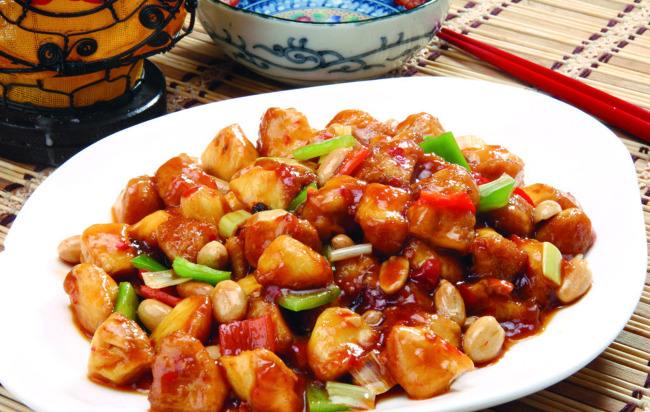
Dandanoo1Ies《dndaud1shscsauceadewithot(dandanmian)nooleswithaspicysaucemadewithhot chilies and ground pork.
Dry fried green beansganbian sijidou) sometimes yard long beans are used, though always cut into bite-size pieces; They are first deep fried, then stir-fried with ground pork and Sichuan peppercorns.
Kung pao chicken(gongbao jiding) this classic dish from Sichuan is made with chicken, chili and peanuts.

Mapo tofu(mapo doufu classic Sichuan dish literally meaning “pockmarked grandmother tofu”” sing tofu, ground pork, copious quantities of red red chilies and Sichuan peppercorns; it’s named after an old woman thought to have first made this dish in her restaurant. makes your mouth water with anticipation, beef named because this dish is so good it Mouth watering beef(shuizhu niurou)-n beef is cooked with a very large quantity of chili-laced oil. This dish can be made with fish or lamb as well.

Smoked fish(xun yu) originating from Guangxi, this fish dish is not smoked but takes on a smoky quality from first being marinated with five spices, ginger, Shaoxing wine, and sugar, deep fried then marinated again.
Twice cooked pork(huiguo rou pork is first boiled, then stir-fried- with peppers, chili and soy.
